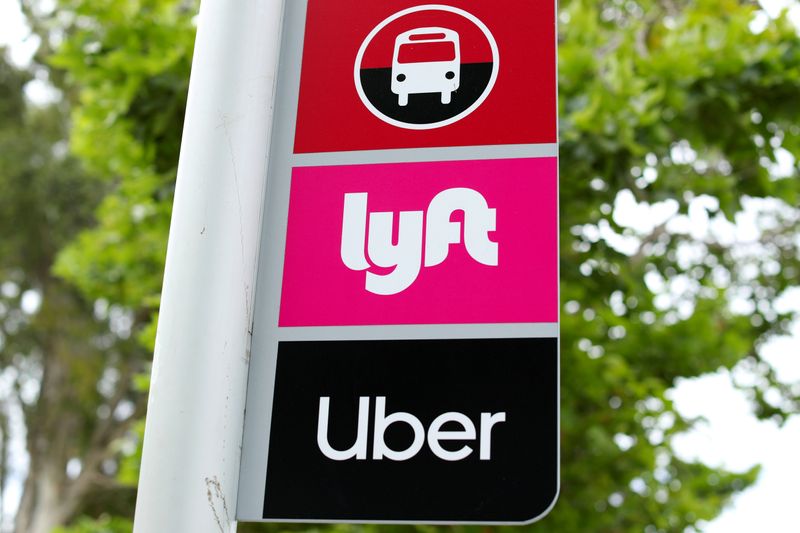This post was originally published on this site
https://i-invdn-com.akamaized.net/trkd-images/LYNXMPEG6721N_L.jpg
(Reuters) – Most ride-hail workers in Seattle are part-time drivers whose earnings are roughly in line with the city’s median, a study of data provided by Uber and Lyft showed, defying some perceptions of drivers working full-time for little pay.
The Cornell University study, published on Monday, comes as lawmakers in several U.S. cities and states debate the future of the gig economy and whether workers should be treated as employees rather than independent contractors.
The study examined 14,000 drivers during one week in October 2019 and showed that 75% of Seattle drivers work fewer than 20 hours per week, with only 5% working full-time. The authors say it was the first time real-world data directly provided by Uber Technologies Inc (N:UBER) and Lyft Inc (O:LYFT) has been analyzed.
The median driver earned roughly $23.30 per hour after expenses and including tips, compared with Seattle’s median of roughly $25.50. But 8% of drivers earned less than Seattle’s minimum wage of about $16, with that share significantly larger among those who drive only occasionally.
The companies paid to cover the university’s research-associated costs, but did not influence the study’s methodology or outcome, Louis Hyman, a Cornell professor and the lead author, said in an interview on Wednesday.
Hyman said the findings surprised him, as he expected most drivers to be seriously underpaid, but added policymakers might consider an earnings floor to address those making below minimum wage.
The Cornell study has been criticized by two researchers at the University of California, Berkeley, and New York’s New School, who also analyzed the Seattle ride-hailing market.
Using city data and a driver survey, the researchers found drivers net only about $9.70 an hour, with a third of all drivers working more than 32 hours per week. The researchers said Cornell wrongly included tips and excluded some of the time drivers spend waiting for a trip request.
Hyman responded that the other researchers wrongly calculated tax rates and said his study was based on comprehensive real-world data as opposed to a sample-sized survey.

